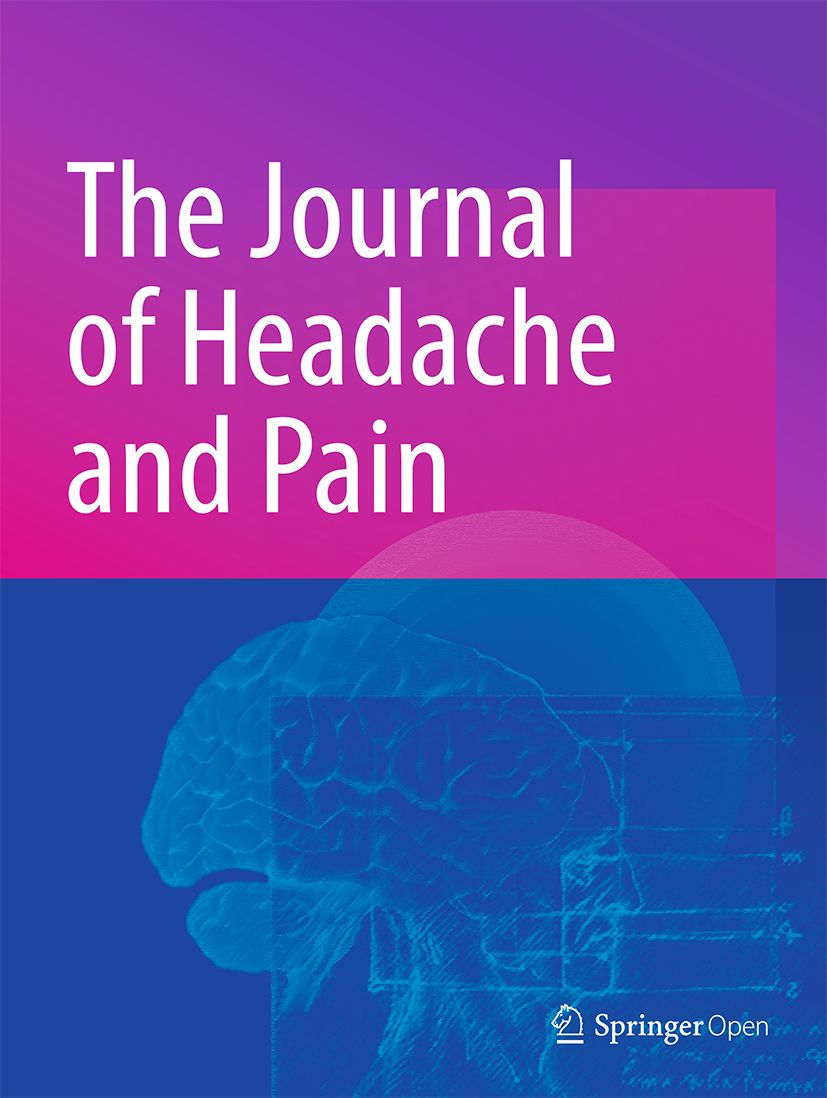
“Five million non-melanoma skin cancers occur globally each year, and it is one of the most common malignant cancers. The dysregulation of the endocannabinoid system, particularly cannabinoid receptor 2 (CB2), is implicated in skin cancer development, progression, and metastasis. Comparing wildtype (WT) to systemic CB2 knockout (CB2-/-) mice, we performed a spontaneous cancer study in one-year old mice, and subsequently used the multi-stage chemical carcinogenesis model, wherein cancer is initiated by 7,12-dimethylbenz[a]anthracene (DMBA) and promoted by 12-O-tetradecanoylphorbol-13-acetate (TPA). We found that aging CB2-/- mice have an increased incidence of spontaneous cancerous and precancerous skin lesions compared to their WT counterparts. In the DMBA/TPA model, CB2-/- developed more and larger papillomas, had decreased spontaneous regression of papillomas, and displayed an altered systemic immune profile, including upregulated CD4+ T cells and dendritic cells, compared to WT mice. Immune cell infiltration in the tumor microenvironment was generally low for both genotypes, although a trend of higher myeloid-derived suppressor cells was observed in the CB2-/- mice. CB2 expression in carcinogen-exposed skin was significantly higher compared to naïve skin in WT mice, suggesting a role of CB2 on keratinocytes. Taken together, our data show that endogenous CB2 activation plays an anti-tumorigenic role in non-melanoma skin carcinogenesis, potentially via an immune-mediated response involving the alteration of T cells and myeloid cells coupled with the modulation of keratinocyte activity.”
https://pubmed.ncbi.nlm.nih.gov/37175480/
“We show that endogenous CB2 activation lowers the risk for spontaneous cancer development in aging mice and papilloma development in a chemically-induced model of skin carcinogenesis. CB2 activation can modulate the systemic immune response and reduce tumorigenesis, either by an immune-mediated response involving the alteration of T cells and myeloid cells, or by the modulation of keratinocyte proliferation. This implies that CB2 could have an anti-tumorigenic role in skin cancer and serve as a potential treatment target.”









